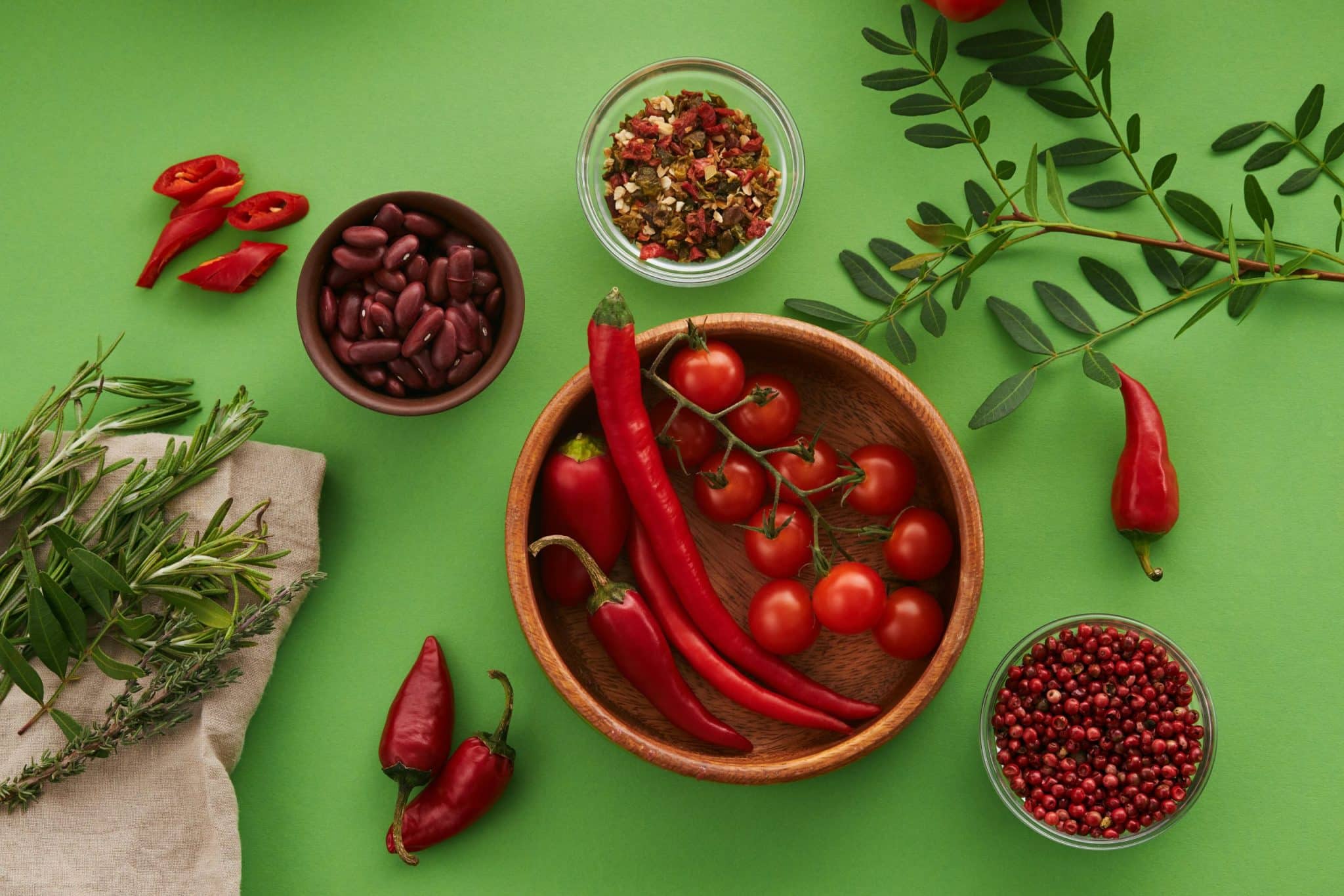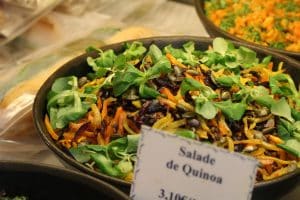Roasting Vegetables for Maximum Flavor
If you’re looking to elevate your vegetable game and infuse maximum flavor into your dishes, roasting is the way to go. This simple cooking technique not only enhances the taste and texture of your veggies, but it also makes them more nutrient-dense. Plus, it’s a hassle-free way to add some variety to your meals. In this article, we’ll guide you through the basics of roasting vegetables to help you master this essential cooking skill.
Why Roast Vegetables?
Roasting vegetables is a popular cooking method that involves cooking vegetables at high temperatures in the oven. It’s a great way to add depth and complexity to the flavor of your veggies. When roasted, vegetables become caramelized, creating a slightly sweet and nutty taste. This process also helps bring out their natural sweetness and makes them more tender and delicious.
Aside from the flavor benefits, roasting vegetables is also a healthier cooking method. Unlike frying or sautéing, where you may need to add oil, roasting requires little to no oil. This means you can enjoy the delicious taste and texture of vegetables without adding extra calories or unhealthy fats.
Which Vegetables Can You Roast?
Almost any vegetable can be roasted, but some are better suited for this technique than others. Hard, starchy vegetables like potatoes, carrots, and squash are perfect for roasting. These veggies have a high water content, which helps them develop a crispy exterior and a soft, creamy interior when roasted. Root vegetables such as beets and parsnips also do well when roasted.
However, that doesn’t mean you can’t roast other vegetables. Cauliflower, broccoli, asparagus, and Brussels sprouts are all great options for roasting. These vegetables are denser and may take a bit longer to cook, but they still yield delicious results when roasted.
Pro Tip: Mix and Match
The beauty of roasting vegetables is that you can mix and match different types to suit your taste buds. Experiment with different combinations to create unique flavors and textures. For example, roasted sweet potatoes and Brussels sprouts make a mouth-watering combination, while roasted carrots and parsnips add a touch of sweetness to any dish.
How to Roast Vegetables
Roasting vegetables is a simple process that requires minimal effort. Here’s a step-by-step guide to roasting vegetables to perfection:
Step 1: Prepare Your Vegetables
Before you start roasting, make sure you have thoroughly washed and dried your vegetables. You can either cut them into large chunks or leave them whole, depending on your preference. Just make sure the pieces are evenly sized so they cook at the same rate.
Step 2: Season Your Vegetables
Seasoning is key when it comes to roasting vegetables. You can keep it simple with just some salt and pepper or go all out with your favorite herbs and spices. Toss your veggies in the seasoning of your choice and make sure they are evenly coated.
Step 3: Preheat Your Oven
Preheat your oven to 400 degrees Fahrenheit (200 degrees Celsius) and line a baking sheet with parchment paper. This will prevent the vegetables from sticking to the sheet and make clean-up easier.
Step 4: Roast Your Vegetables
Spread your seasoned veggies in a single layer on the prepared baking sheet. Make sure they have enough space between them so they don’t steam. Place the baking sheet in the preheated oven and roast for 20-30 minutes, depending on the type and size of your vegetables. Check them halfway through and give them a stir to ensure they are cooking evenly.
Serving Roasted Vegetables
Roasted vegetables make a great side dish for any meal or can be the star of the show in vegetarian dishes. You can also add them to salads, pasta, or grain bowls for a punch of flavor and added nutrients.
When storing leftover roasted vegetables, let them cool completely before placing them in an airtight container and refrigerating them. They will stay fresh for up to 3-4 days. You can also freeze them for longer storage.
Final Thoughts
Roasting vegetables is a game-changer when it comes to adding flavor and variety to your meals. With this simple cooking technique, you can elevate the taste and texture of your veggies and create delicious dishes that the whole family will love. So go ahead, experiment with different vegetables, seasonings, and cooking times, and see how roasting can transform your meals. Happy cooking!










